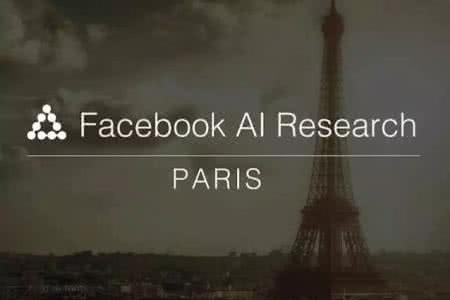As machine learning algorithms have been widely deployed across applications, many concerns have been raised over the fairness of their predictions, especially in high stakes settings (such as facial recognition and medical imaging). To respond to these concerns, the community has proposed and formalized various notions of fairness as well as methods for rectifying unfair behavior. While fairness constraints have been studied extensively for classical models, the effectiveness of methods for imposing fairness on deep neural networks is unclear. In this paper, we observe that these large models overfit to fairness objectives, and produce a range of unintended and undesirable consequences. We conduct our experiments on both facial recognition and automated medical diagnosis datasets using state-of-the-art architectures.
翻译:由于机器学习算法在各种应用中广泛应用,人们对其预测的公正性提出了许多关切,特别是在高风险环境中(如面部识别和医学成像),为了应对这些关切,社区提出并正式确定了各种公平概念以及纠正不公平行为的方法。虽然对古典模式进行了广泛的公平限制研究,但对对深层神经网络实行公平的方法的有效性尚不清楚。在本文中,我们发现这些大型模型与公平目标格格不入,产生了一系列意外和不良的后果。我们用最先进的结构对面部识别和自动医学诊断数据集进行实验。





